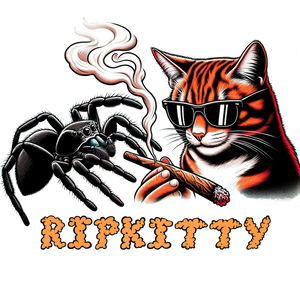
Cannabinoid Glossary
CBD is a non-psychoactive compound found in cannabis that is believed to have various therapeutic effects, such as reducing anxiety, pain, and inflammation.
THC is the main psychoactive compound in cannabis, responsible for the 'high' sensation. It also has therapeutic benefits, including pain relief and appetite stimulation.
THCA is the non-psychoactive precursor to THC found in raw and live cannabis. It converts to THC through a process called decarboxylation, which occurs when cannabis is heated. THCA is believed to have anti-inflammatory and neuroprotective properties.
CBG is known as the 'mother of all cannabinoids' because other cannabinoids are derived from it. It has potential anti-inflammatory and antibacterial properties.
CBN is mildly psychoactive and is formed as THC ages. It's believed to have sedative effects and may help with sleep issues.
CBC is a non-psychoactive cannabinoid that may have anti-inflammatory, anti-tumor, and anti-depressant properties.
THCV is a psychoactive compound similar to THC but with a slightly different structure. It may have appetite-suppressing and energy-boosting effects.
CBDV is a non-psychoactive cannabinoid similar to CBD. It is being studied for its potential to treat epilepsy and neurological disorders.
Delta-8-THC is a less potent form of THC with similar but milder psychoactive effects. It’s gaining popularity for its potential to provide a smoother high with less anxiety.
Delta-9-THC is the most common form of THC in cannabis and is primarily responsible for the plant's psychoactive effects.
Delta-10-THC is another variant of THC that is less common and less potent than Delta-9, offering a more uplifting and focused high.
HHC is a semi-synthetic cannabinoid derived from hemp. It is known for producing effects similar to THC but with slightly less potency and a more clear-headed experience.
THC-O is a synthetic cannabinoid known for being significantly more potent than Delta-9 THC. It is often referred to as the "spiritual cannabinoid" due to its powerful effects.
THCP is a newly discovered cannabinoid believed to be up to 30 times more potent than THC. It binds more strongly to cannabinoid receptors, leading to stronger effects.
CBL is a non-psychoactive cannabinoid formed when CBC degrades. Not much is known about its effects, but it's thought to have anti-inflammatory properties.
CBT is a minor cannabinoid, and research is still limited, but it's being studied for its potential therapeutic effects, including as an anti-inflammatory agent.
Species of Cannabis
Indica strains are typically associated with relaxing and sedative effects, making them ideal for nighttime use.
Sativa strains are known for their uplifting and energizing effects, making them suitable for daytime use.
Ruderalis is a lesser-known species of cannabis that is auto-flowering and often used in hybridization for its resilience.
Hybrids are crossbreeds of Indica and Sativa, often designed to produce specific effects by combining traits from both species.
Sativa-Dominant strains have characteristics more similar to Sativa plants, such as uplifting and energizing effects, but are hybridized to include traits of other species.
Indica-Dominant strains are hybrids that lean more towards Indica characteristics, such as relaxing and sedative effects, while still retaining some Sativa traits.